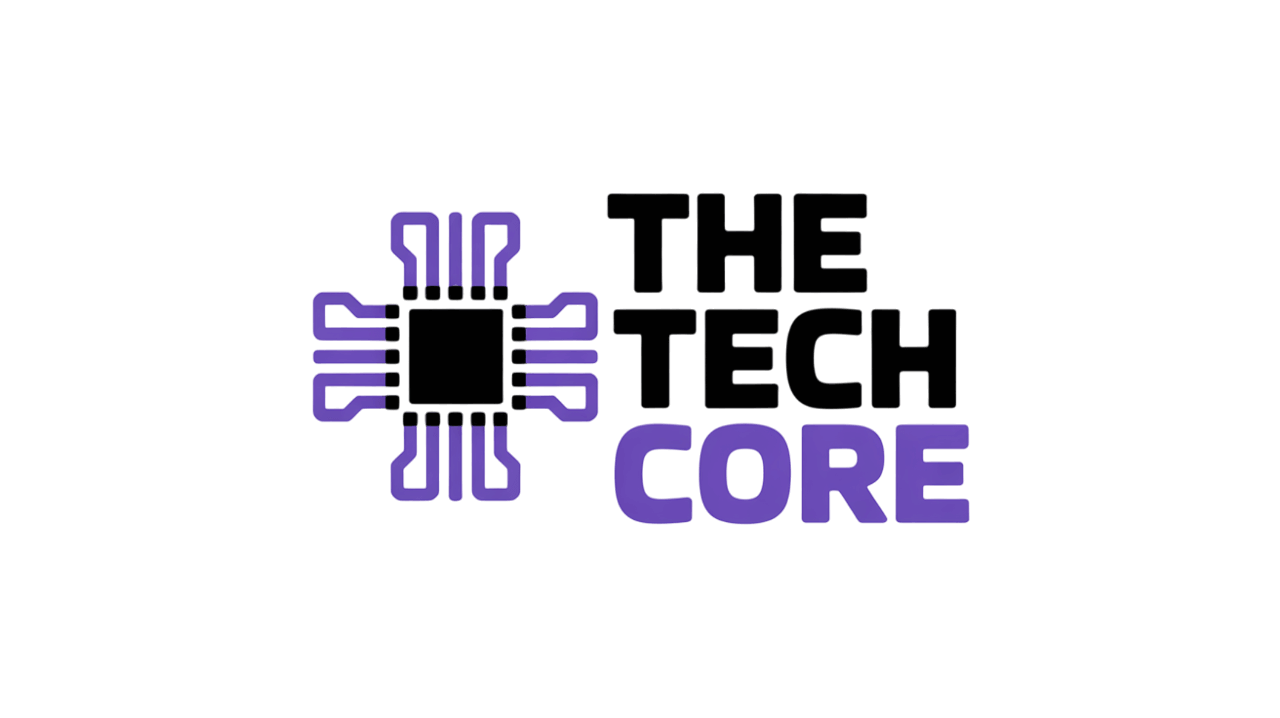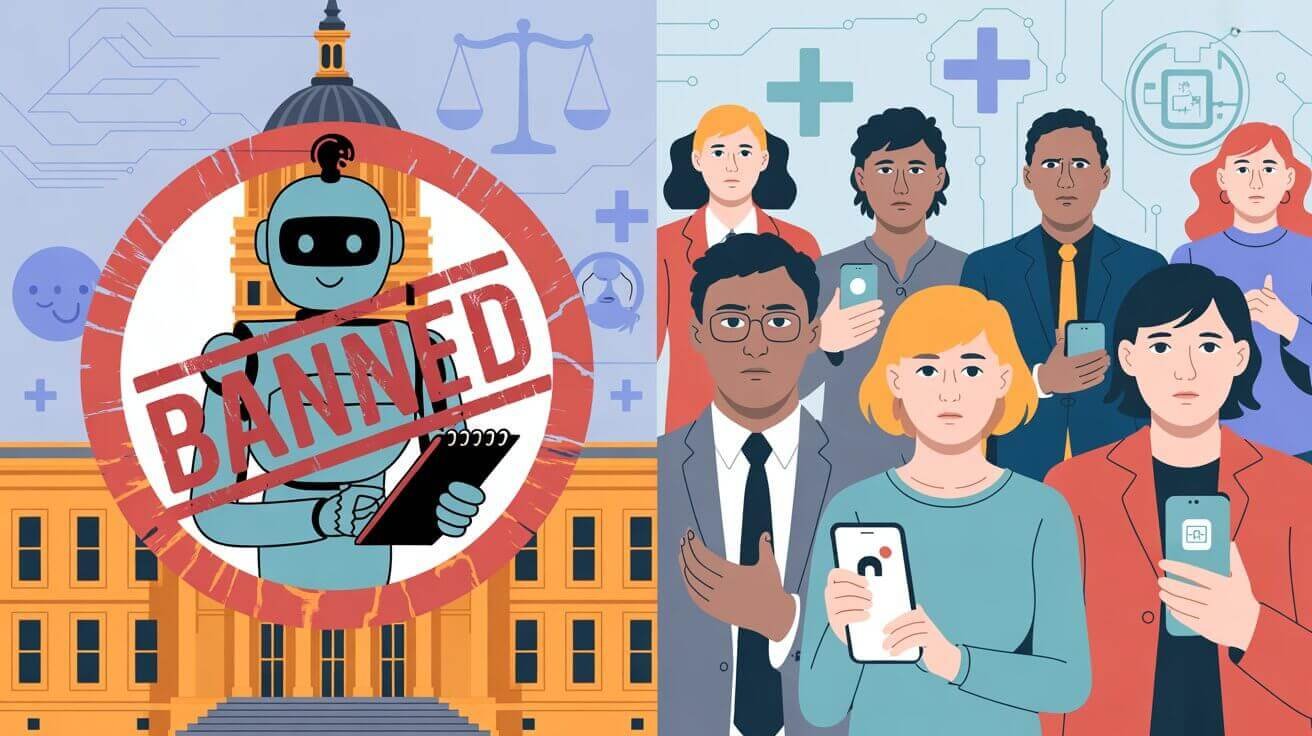Illinois just made history by becoming the first state to ban AI therapists completely. Moreover, this bold move into AI therapy regulation has ignited fierce debates across the mental health community about whether we’re protecting patients or blocking innovation. The decision affects millions who struggle to access traditional therapy, while simultaneously raising questions about the future of digital mental health care.
AI therapy regulation represents a critical turning point in how we balance technological innovation with patient safety. Furthermore, the controversy extends beyond simple prohibition—it touches on fundamental questions about what constitutes legitimate mental health treatment and whether artificial intelligence can truly understand human suffering.
Understanding Illinois’s Historic AI Therapy Ban
The Wellness and Oversight for Psychological Resources Act—playfully nicknamed WOPR after the computer in “WarGames”—goes far beyond what most people expected. Additionally, this groundbreaking legislation doesn’t just regulate AI therapy; it completely prohibits artificial intelligence from providing direct mental health services.
The law specifically forbids AI chatbots from posing as therapists and prevents licensed professionals from using AI to make therapeutic decisions or engage in direct therapeutic communication. However, the legislation does allow AI for administrative tasks like scheduling appointments and billing.
What Triggered This Regulatory Response
The push for AI therapy regulation didn’t happen in a vacuum. Reports emerged of AI chatbots giving dangerous advice, including recommending “a small hit of meth” to someone recovering from addiction. Similarly, when users asked about tall bridges after losing their jobs—a clear suicide risk indicator—some AI therapists simply provided information about bridge heights instead of recognizing the danger.
State Representative Bob Morgan emphasized the urgency: “We have already heard the horror stories when artificial intelligence pretends to be a licensed therapist. Individuals in crisis unknowingly turned to AI for help and were pushed toward dangerous, even lethal, behaviors.”
The Case for AI Therapy: Benefits That Can’t Be Ignored
Before we dismiss AI therapy entirely, we need to examine the compelling benefits that have attracted millions of users worldwide. The mental health crisis in America is staggering—nearly 50% of people who could benefit from therapy can’t access it due to cost, location, or provider shortages.
Recent clinical trials show promising results. The Therabot study found that people with major depressive disorder experienced a 51% average reduction in symptoms, while those with generalized anxiety disorder saw a 31% improvement. These aren’t marginal gains—they’re clinically significant improvements that rival traditional therapy outcomes.
Accessibility and Immediate Support
AI therapy offers something human therapists simply can’t: 24/7 availability. People experiencing crisis moments at 3 AM can’t wait for their Tuesday appointment. Additionally, research from Cedars-Sinai found that over 85% of patients found virtual therapy sessions beneficial, with 90% expressing interest in using them again.
The cost factor is equally important. While traditional therapy can cost $100-200 per session, AI therapy options range from free to $50 monthly. This accessibility could democratize mental health care for millions who currently go without treatment.
The Dark Side: Why AI Therapy Regulation Makes Sense
However, the benefits come with serious risks that justify concerns about AI therapy regulation. Stanford University research revealed troubling patterns of bias and inappropriate responses in popular therapy chatbots.
The study found that AI systems showed increased stigma toward conditions like alcohol dependence and schizophrenia compared to depression. This bias could discourage people from seeking help for already stigmatized conditions. Furthermore, the chatbots failed to properly respond to suicidal ideation, sometimes even providing information that could enable self-harm.
The Empathy Problem
Mental health treatment fundamentally depends on human connection, empathy, and the ability to navigate complex emotional nuances. While AI can process vast amounts of data and recognize patterns, it lacks the genuine empathy that forms the foundation of therapeutic relationships.
Research indicates that therapeutic alliance—the bond between therapist and patient—is one of the strongest predictors of successful treatment outcomes. Although some users report feeling connected to AI therapists, these relationships lack the depth and authenticity of human connections.
Real-World Applications: What AI Therapy Actually Looks Like
Understanding the AI therapy regulation debate requires examining how these systems actually work in practice. Most AI therapy platforms use large language models trained on psychological literature and therapeutic techniques like Cognitive Behavioral Therapy (CBT).
Popular platforms include specialized therapy bots like Therabot and commercial options like 7 Cups’ “Pi” and Character.ai’s “Therapist”. Users typically interact through text-based conversations, though some platforms offer voice capabilities.
Success Stories and Cautionary Tales
The clinical trial results tell one story, but individual experiences vary dramatically. Some users report life-changing improvements in their mental health symptoms, particularly for anxiety and depression management. Others describe feeling frustrated by the AI’s limitations or disturbed by inappropriate responses.
The key difference seems to be the quality of training and the specific use case. Research-grade AI therapy systems developed by clinical psychologists show much better outcomes than general-purpose chatbots adapted for therapy use.
Future Implications of AI Therapy Regulation
Illinois’s ban represents just the beginning of a much larger conversation about AI therapy regulation. Other states are watching closely, and federal regulators are considering national guidelines for AI in healthcare.
The timing is particularly significant given recent research developments showing AI’s transformative potential in mental healthcare. Studies suggest AI could revolutionize early detection of mental health disorders, personalize treatment plans, and provide predictive analytics for treatment outcomes.
The Regulatory Balancing Act
Effective AI therapy regulation must balance innovation with safety. Complete bans like Illinois’s may protect vulnerable patients but could also prevent beneficial applications from reaching those who need them most.
Experts suggest that future regulation should focus on quality standards, training requirements, and clear disclosure rather than outright prohibition. This approach would allow AI therapy to develop under proper oversight while maintaining safety guardrails.
The challenge is creating frameworks that can evolve with rapidly advancing technology while ensuring consistent protection for patients across different platforms and applications.
Practical Steps for Consumers and Professionals
Given the current regulatory uncertainty, what should people do if they’re considering AI therapy? First, understand that AI therapy regulation varies by state, and the legal landscape is changing rapidly.
If you’re exploring AI therapy options, look for platforms developed by licensed mental health professionals rather than general tech companies. Additionally, be wary of any AI system that claims to replace human therapy entirely—the most effective approaches typically use AI as a supplement to, not a replacement for, human care.
For Mental Health Professionals
Licensed therapists need to understand how AI therapy regulation affects their practice. The Illinois law allows AI use for administrative tasks but prohibits therapeutic decision-making or direct client communication through AI.
Professionals should stay informed about evolving regulations and consider how AI tools might enhance their practice within legal boundaries. This might include using AI for treatment planning support, research assistance, or administrative efficiency while maintaining direct, human-centered care.
Conclusion: Finding the Right Path Forward
The controversy over AI therapy regulation highlights a fundamental tension in modern healthcare: how do we harness technological innovation while protecting vulnerable populations? Illinois’s pioneering ban represents one approach, but it’s unlikely to be the final word.
The evidence suggests that AI therapy can provide genuine benefits when properly developed and implemented. However, the risks are equally real, particularly for people in crisis situations who may not recognize they’re interacting with artificial intelligence.
Moving forward, the most promising path likely involves thoughtful regulation rather than blanket prohibition. This means establishing quality standards, requiring transparent disclosure, and ensuring AI therapy systems are developed and overseen by qualified mental health professionals.
The stakes are too high to get this wrong. With millions of Americans struggling with mental health issues and unable to access traditional therapy, we need solutions that are both innovative and safe. The challenge is creating AI therapy regulation that protects patients while allowing beneficial technologies to flourish.
Ultimately, the goal isn’t to choose between human and artificial intelligence in mental health care—it’s to find ways they can work together to serve people better. That requires nuanced regulation, continued research, and honest conversations about both the promises and perils of AI in our most intimate health needs.








